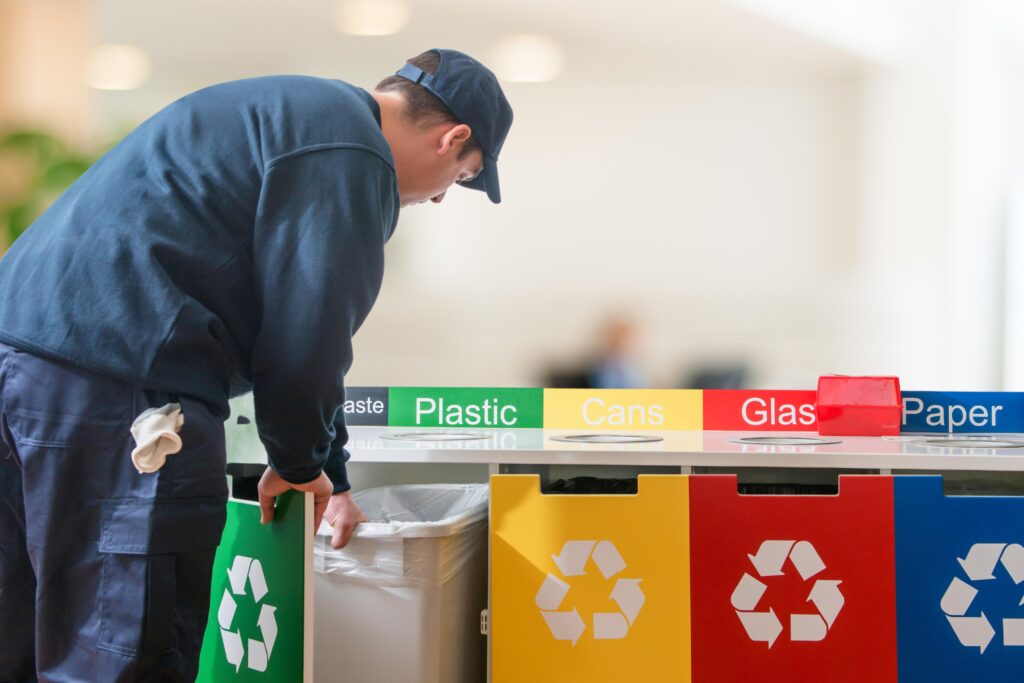
by Regi Publico
The largest corporations have the most significant contribution to the world’s carbon emissions. Only 100 of the hundreds of thousands of companies worldwide are responsible for 71% of the total greenhouse gas emissions since 1998.
However, this doesn’t mean that the carbon footprint of small businesses doesn’t matter. The United Nations’ October 2018 report declared that humanity only has 12 years to avoid devastating climate change. We have eight years left, and we’re going to need the contribution of everyone.
With nations struggling to balance sticking to their carbon budget and maintaining their economy, the combined efforts of the smallest businesses to reduce emissions will be a big help. If you’re a small business owner eager to contribute to combating climate change, here are the things you can do.
Know your carbon footprint
The first step to reducing your business’ carbon emissions is to know how much it’s contributing. It’s tricky to calculate it yourself, but there are free carbon footprints calculators online you can use. There are also plenty of online resources you can access to serve as a guide.
Reduce, Reuse, Recycle
You’ve probably already heard of this phrase as it’s the most common phrase associated with waste management. As a small business, the journey to reducing carbon emissions starts with these three Rs. You want to make sure every aspect of your business follows this simple rule. Depending on the nature of your business, reducing and reusing is a good place to start. If doing so doesn’t apply to your business, establishing a recycling program is ideal.
You’re not limited to applying the three Rs to the items your business uses; you can also opt to use recycled products. You can choose eco-friendly packaging for your products and abandon single-use plastics. Also, use recycled items for other business processes when applicable. This practice will encourage other businesses to keep manufacturing recycled products.
If you want to go further, you can use second-hand office furniture. Not only will you be able to save money, but you’ll also help reduce waste. If the thought of using used office furniture turns you off, keep in mind that they don’t have to be of poor quality. You can find plenty of quality second-hand furniture in excellent condition from offices closing or refurbishing.
Reducing food waste is something that even a non-food business can do. Food waste has a considerable impact on greenhouse gas emissions, so reducing it shall also translate into a reduction in emissions. You can purchase from other businesses that support local farmers to minimise transportation, indirectly decreasing food waste. If you find plenty of food is getting wasted in your company, having a compost program will do great in recycling food by turning them into fertiliser.

Offer a flexible work schedule
The more your employees go to the office, the larger the carbon footprint they’re likely to have. Those with cars will ride them to work, and those who don’t will add to the multitudes of commuters using the public transport system. If possible, allowing employees to work at home for specific days shall indirectly reduce your business’ carbon footprint.
Conduct meetings and events online
As much as remote work has become mainstream, a fully remote setup is not applicable for some businesses. Still, companies can decrease the need to go to the office by switching to online meetings and events.
Due to the pandemic, most people are already familiar with navigating online conferencing platforms like Zoom, Skype, and Teams. Instead of driving to work or commuting, employees can stay at home, reducing their carbon footprint.
Educate everyone
Educate yourself, your employees, and your customers. It’s hard to operate a business to be eco-friendly if most of the workforce is ignorant about green practices. Your business can pledge to cut its carbon emissions, but if your employees don’t understand the reason behind it, they will lack the steadfastness and commitment required to support it.
Your business has a voice. By using your influence to raise awareness about climate change, you encourage your customers to be more proactive. If you’re transparent with your customers about the practices you follow to reduce carbon emissions, it should give them an idea about ways they can also minimise their carbon footprint.
Be energy-efficient
Investing in renewable energy is the best way to be energy-efficient, but, understandably, not everyone is capable of committing. Shifting to renewable energy can be too drastic of a change for businesses on the established power grid. For these businesses, the best option is to use high-efficiency equipment such as lighting and other electric devices. Ensuring that all electronics are shut down when not used is also great practice.
Moreover, businesses who want to be proactive with clean energy may opt to purchase Renewable Energy Certificates (RECs). These certificates show that your business is devoted to the use of clean energy. There are many online resources you can use to learn more about RECs.

Switch to sustainable web hosting
It may not be obvious, but using hosting services could be indirectly contributing to your business’s carbon footprint. Most data servers are in warehouses run on fossil fuels, so unless you are hosting your own website, you’ll be left oblivious to the fact.
Every business today that seeks growth needs a website, so not having one is not an option. If you can’t host your own site, you can take advantage of sustainable web hosting services. They prove they use renewable energy by purchasing RECs.
Offset your emissions
If your business is in a position where it can’t reduce carbon emissions viably, your last resort would be to balance out your emissions. You won’t be decreasing the greenhouse gasses in the atmosphere, but you’re not increasing it either.
One way this can be achieved is by purchasing carbon offsets. Buying offsets allows your business to fund projects to reduce greenhouse gas emissions. If you know how much your business has emitted, you can purchase a matching amount of carbon offsets to cancel it out.
Plant trees
Planting trees shouldn’t be done just to offset carbon emissions. Your business can plant trees just because it believes in their importance in fighting climate change.
If your company has space, you can set up a staff garden where your people can plant their own trees and other greenery. Otherwise, you can support tree planting projects by contributing financially or encouraging your employees to volunteer.
Small businesses have no shortage of options to reduce their carbon emissions. Most of these practices revolve around reducing, reusing, and recycling. That being said, applying the three Rs in your business should already cut your carbon footprint by a big chunk.
There are many other ways you can further reduce your emissions, and all that’s needed is your willingness to do them.

Regi Publico is a full-time writer based in Manila who is also an artist for fun. She takes pride in her towering collection of books and loves reading about anything under the sun. She is passionate about sharing her knowledge through every article that she writes.




